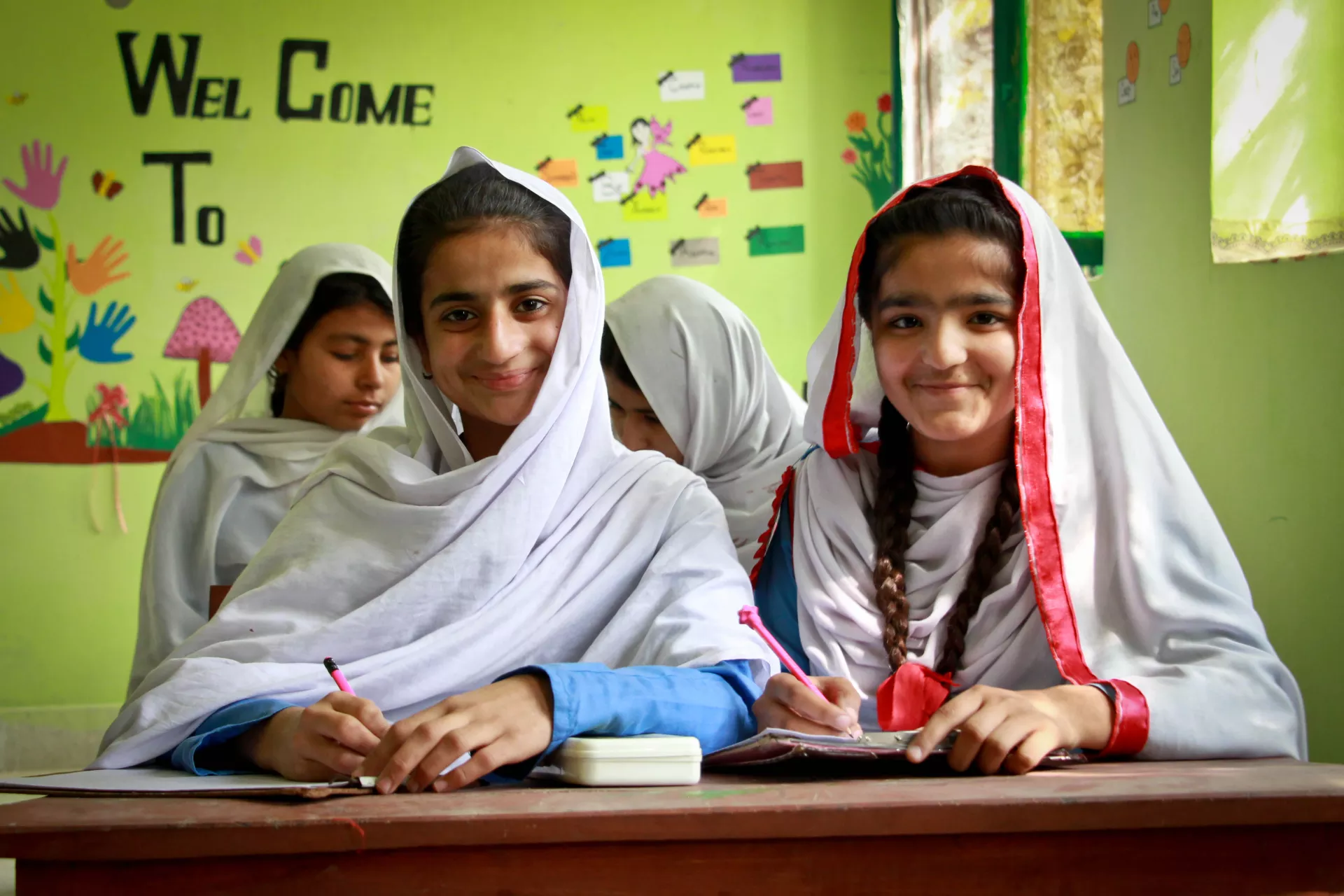
In the realm of contemporary development initiatives, the engagement of the populace, particularly the youth, has emerged as a pivotal factor aimed at fostering community engagement, ownership, and the long-term sustainability of projects. Development fundamentally involves human progress; thus, the active involvement of the populace in shaping their own course of development is crucial. According to the United Nations Development Programme (UNDP), 64% of Pakistan’s population is below the age of 30, with 29% aged between 15 and 29 years. This youth bulge presents a dual opportunity: it can be an asset or a potential risk for societal stability. Unfortunately, the number of unemployed individuals in Pakistan has reached 5.6 million, as per the International Labor Organization (ILO), exacerbating grievances within certain segments of the population and adding strain to an already challenging labor market situation.
The Importance of Balochistan
Balochistan, the largest province of Pakistan by land area, holds a strategic location that is vital for Pakistan’s economic development. Securing the future of Balochistan is of paramount importance. A socio-politically stable Balochistan can mitigate the persisting conflicts in the province. Balochistan faces challenges such as high unemployment rates and limited access to quality education. Addressing these issues through targeted vocational training programs can equip the youth with practical skills in demand locally and globally.
Establishment of Gwadar Institute of Technology (GIT)
In 2014, the Government of Balochistan, in collaboration with the Pakistan Army, established the Gwadar Institute of Technology (GIT), a significant milestone in addressing youth unemployment and skill development. The institute specializes in a technical curriculum and facilitates its graduates with a one-year scholarship program in China. The primary objective of GIT is to equip the youth of the province with practical skills necessary for participation in ongoing developmental projects across the surrounding areas. GIT offers diverse courses, including computer operations, office management, automation, carpentry, and boat engine repair, catering to the educational needs of Balochistan’s youth.
Impact of GIT
GIT not only imparts skill-based education but also prepares individuals to collaborate effectively with the international workforce engaged in projects within Gwadar and the broader framework of the China-Pakistan Economic Corridor (CPEC). Investing in education, whether literacy, skill development, or critical thinking, by administrative authorities can lay the groundwork for transformative change, ultimately leading to more inclusive and peaceful societies. The first cohort of 10 students successfully completed a two-year program at GIT. This achievement symbolizes overcoming obstacles and serves as evidence of the resilience and perseverance of all stakeholders involved.
Socio-Economic Impact of CPEC in Balochistan
Balochistan’s diverse population holds a spectrum of opinions regarding CPEC. While some perceive it as an opportunity for socio-economic development, others are apprehensive about its impact and implications. Chinese engagement in the province and BRI-linked projects have fueled suspicion among the Baloch population. However, projects like GIT foster goodwill and trust-building within the Baloch community. Overall, CPEC is predominantly viewed through the prism of infrastructure development. Programs like GIT reflect a comprehensive approach to stimulate economic development, encourage youth empowerment, and promote community participation in Gwadar.
Preventing Negative Outcomes through Youth Engagement
Development endeavors like GIT have the potential to prevent youth from succumbing to the influence of insurgency, militancy, and drug addiction. Establishing technical and vocational training institutes lays a strong foundation for skills development in the region, inculcating a sense of entrepreneurship among the youth and motivating them to create positive change within the community. This pathway empowers the local community through skill development and job opportunities, aiming to create a sustainable and prosperous future for Gwadar.
Conclusion
Over the stretch of several decades, the youth of Balochistan have been marginalized. Yet, initiatives spearheaded under CPEC promise to harness the demographic potential constructively. Such efforts constitute the cornerstone of a path towards prosperity in the region and should be replicated in various other parts of the province for equitable development. As Balochistan prospers, so does the assurance of prosperity in Pakistan increase. In essence, CPEC embodies a beacon of hope for Balochistan in its quest to address grievances and mitigate socio-economic deprivation.
